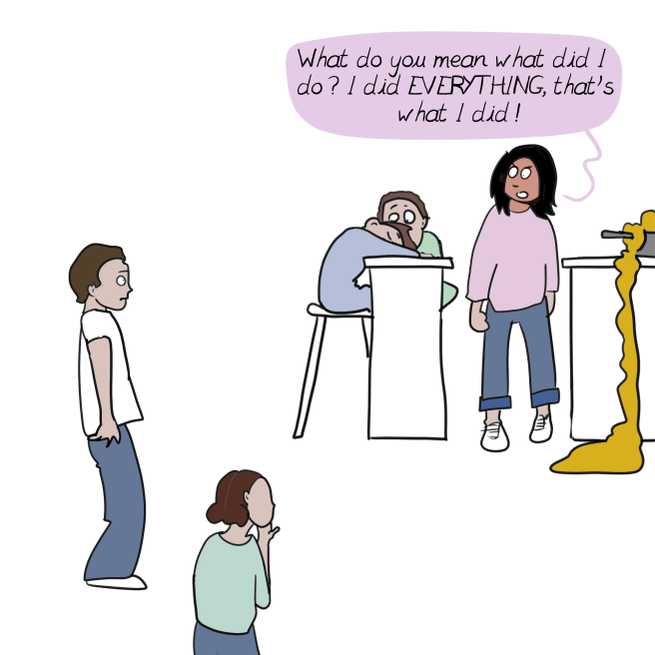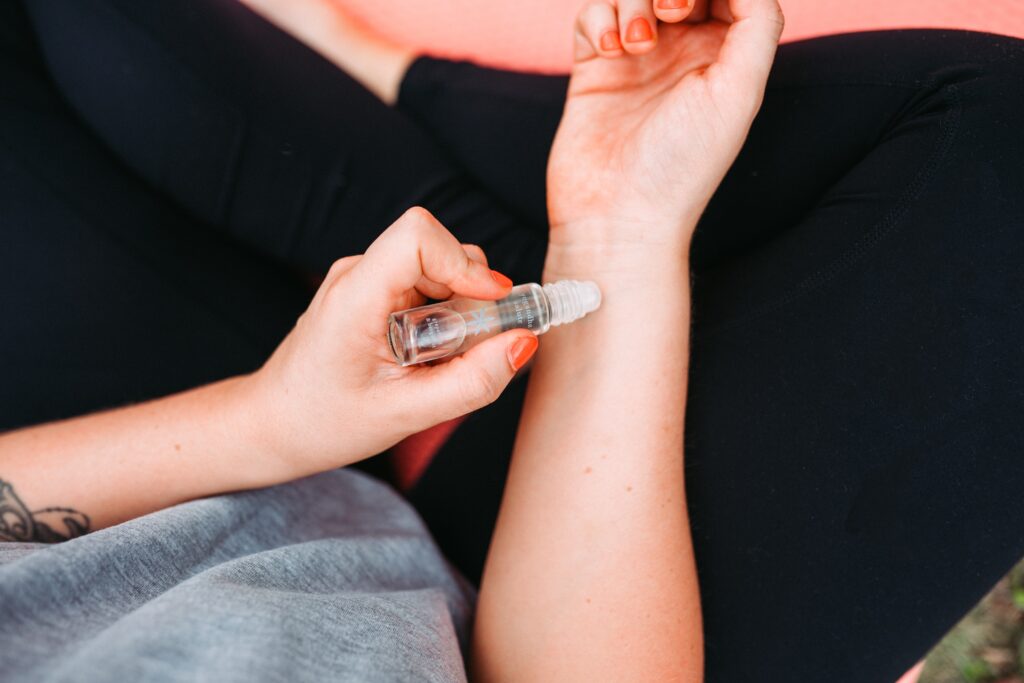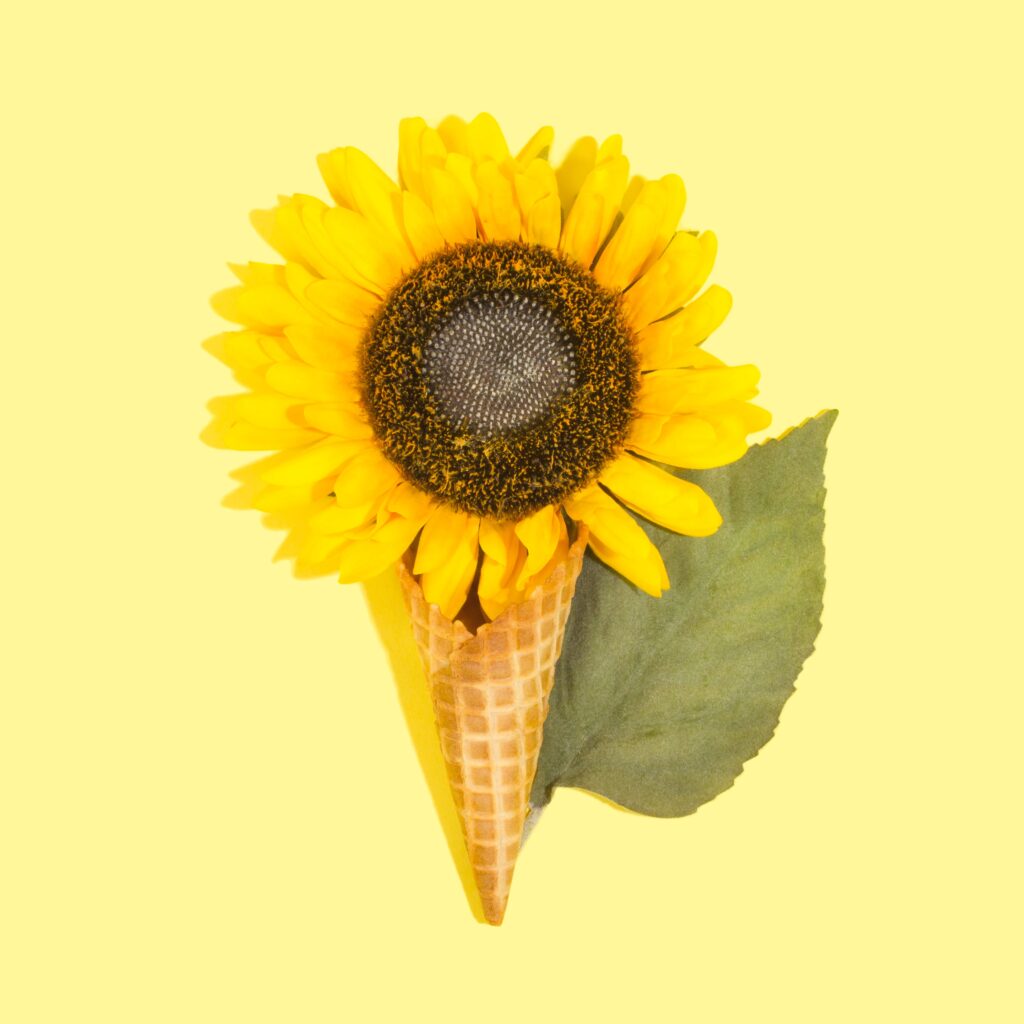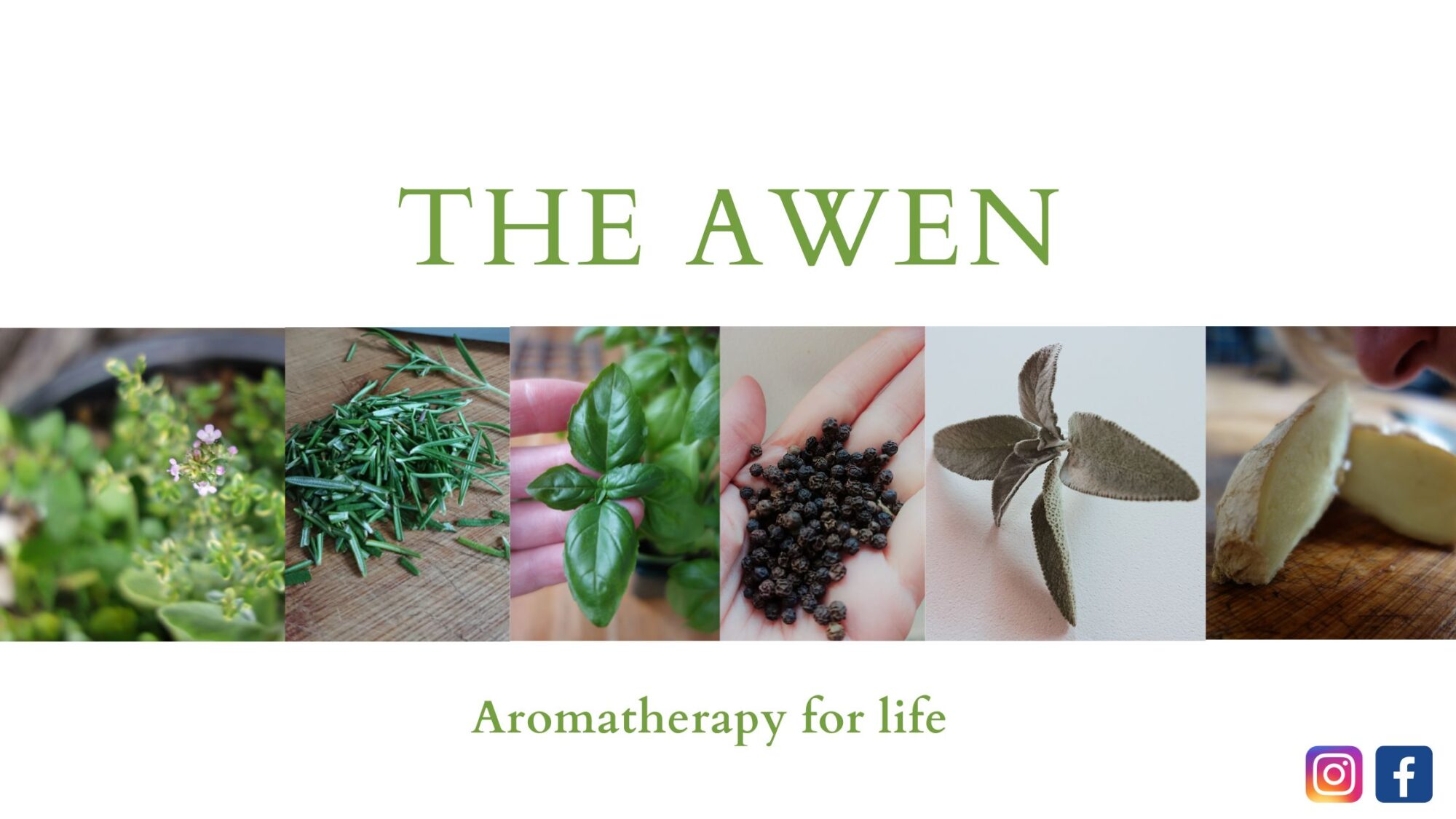
It was in the nineteenth century that “menstruation began to be regarded as a pathological process”, writes Emily Martin in her wonderful book, Woman in the Body (1987).
The idea being that a woman’s reproductive organs were in control of her body and mind, and that women must conserve her energy as it needed to be redirected to the development and maintenance of her reproductive organs and processes was prevalent. This was further underpinned by the idea that a woman’s primary role in life was (is) to be a wife and mother therefore women and girls were ordered to ‘bed rest’ or worse, domestic duties, to alleviate the ‘effects’ of menstruation. In reality, during the nineteenth century – and today – many women had to work in factories, as servants, in shops so a prescription of years of inactivity was not possible for most women.
Times have changed but women still work. Around 70% of women aged between 16-64 are in paid employment (ONS). Indeed, the menstrual symptoms women were reporting in the nineteenth century are still prevalent now and is commonly described as Pre-Menstural Syndome or Tension (PMS/PMT). In my last post I touched upon the many different symptoms women experience around menstruation, some of which are physical (bloating, cramps, increased weight gain, heavy blood loss, insomnia), others which are mental/emotional, such as:
- Lack of concentration
- Forgetfulness
- Slowness in terms of performing tasks
- Clumsiness
- Lack of efficiency
- Intolerance
- Frustration
- Food cravings (possibly physical)
Martin goes onto ask, how do these symptoms fit into our world of work, our industrialised society? And thinking on, what about women who work a double day – paid work – and then go home and do most of the cooking, childcare, cleaning – sometimes referred to as the ‘chore wars’ or ‘second shift’. Others have referred to it as the “mental load”. Here is an fantastic graphic illustration of this.

When I used to teach Sociology, I would tell my students that the term ‘working mother’ is common, but do we ever refer to ‘working father’? Of course not. Because we all know what a working mother means – it means if you are a woman, some work is paid, whereas other work – your primary role as wife and mother (taking us back to the nineteenth century) is not. Obviously. That would be wrong, right? Discuss 😉
Martin goes onto talk about how many women see menstruation as a hassle, reporting feelings of unproductivity, intolerance, frustration (see list above). But there are also women who report and abundance of creativity, productivity, clarity at this time. She references the work of Thomas Buckley, an Anthropologist, and his ethnographic study of the Yurok, a Native American tribe who believe that when a woman is menstruating, she is at the height of her powers and should isolate herself to meditate and not be distracted by ‘mundane tasks’ and ‘the opposite sex’. Imagine that? Imagine for 2-5 days every month, you must take time to yourself, be alone if you want to, not be interrupted or distracted, to relax or meditate?
The difference here is that menstruation is viewed as positive, life affirming, creative, spiritual. There are reports that women from other cultures do not experience PMS suggesting that it is a cultural or social phenomenon. I’m not suggesting that PMS is not real in our society but maybe if we took the pressure off women, viewed menstruation not as a ‘hassle’ to fit around our busy working lives but as something to embrace, feel good about, and take time out for, we may have a different experience. Maybe that bed rest advice was good after all?
The oils and applications I am going to suggest for menstruation focus on taking time out, to relax, be kind to yourself as well as helping you boost your concentration, helping you focus and clarify. They all have properties relating to PMS as well as many others that I have outlined below. I want you to embrace your menstrual cycle, give it a hug by taking care of you, relieve the pressure if you can. Even if it’s just a positive affirmation which says: “this is my body, I am going through a process, it’s ok to feel like this.” And if possible, let someone else do the dishes.

A warm bath
I’m always raving about warm baths but how better to relax after a long day, get some well needed time out (lock the door) than have a long, luxurious bath? It’s good prep for bed too especially if you are restless at night.
These oil combinations are designed to help you relax, create a feeling of calm by slowing you down, relieving emotional and physical exhaustion, and helping with fluid retention. You can swap and change the blends to suit your own taste whether it be the sweet, heady Ylang ylang, citrus Bergamot, earthy Chamomile or woody Cypress.
Take a cupful of Epson sea salts and add between 6-8 drops essential oil, pour it into a warm evening bath. You can add more or less depending on what oils you have or you have a preference, just don’t exceed 8 drops.
Blend 1:
2 drops of Bergamot (good for emotional and physical exhaustion, uplifting)
3 drops of Lavender (relaxing, balancing, sedative)
1 drop of Ylang ylang (calming, creates positive emotions, sedative)
Blend 2:
3 drops of Lemongrass (for nervous exhaustion, relaxes muscles, uplifting)
3 drops of Chamomile (calming, relieving anxiety and ibs)
2 drops of Cypress (uplifting, relieves fluid retention, balancing)
Blend 3:
2 drops of Clary sage (relieves fluid retention, balancing, calming)
2 drops of Juniper (clears the mind, detoxifies and relieves fluid retention)
2 drops of Patchouli (uplifting, sedative, relieves stress)
Alternatively, you can buy them ready made and I would recommend any of these: https://kissthemoon.com/collections/bedtime-bath-salts

Rollerball
Rollerballs are easy to make. They are also handy to have in your handbag, pocket, in your car, by your bedside table. These combinations are designed to pick you up, improve concentration and alertness as well as help you feel more positive and uplifted by calming the nervous system.
You need a rollerball, 10mls of carrier oil such as sunflower or fractionated coconut, and the essential oils:
Blend 1:
3 drops of Basil (clear the mind of clutter and worry)
3 drops of Rosemary (good for memory, tiredness)
2 drops of Peppermint (cool and refreshing, good for digestion)
Blend 2:
3 drops of Lemon (good for concentration, focus and immunity)
3 drops of Lavender (relaxing, balancing, calming)
2 drops of Patchouli (relieves stress, anxiety, lethargy)
Blend 3:
3 drops of Bergamot (good for emotional and physical exhaustion, uplifting)
3 drops of Marjoram, sweet (soothes over active minds, easing anxiety, indigestion)
2 drops of Neroli (uplifting, calms nerves)
Alternatively, you can buy them ready made and I would recommend any of these: https://www.tisserand.com/body/roller-ball/

Massage/body oil
Massage or body oils are lovely to rub into your skin after a shower or bath. I would advise not using these if you’ve just had an aromatherapy bath though as you may have oil overload! The oil combinations here are good for skin in general as well as skin that is tender and taut, heavy, painful or irregular periods and fluid retention. They also have uplifting qualities.
Take 100mls of carrier oil such as Grapeseed or Sunflower or Coconut oil. You can add Evening Primrose and Avocado oil too as these are good for skin and for women in particular.
You will need to add 20 drops of essential oils. You can add more of one essential oil if you have a preferred aroma. I’ve added less Base oils into these mixes as they often have a deeper, heavier scent therefore less is more. Or, in the case of Frankincense, it can be expensive.
Blend 1:
8 drops of Basil (clear the mind of clutter and worry)
8 drops of Geranium (balances mind and body, uplifting, stimulates circulation)
4 drops of Frankincense (calming, restorative, meditative)
Blend 2:
8 drops of Orange, sweet (uplifting, tonic for dull/dry skin, good for circulation)
8 drops of Fennel, sweet (cleansing, detoxifying)
4 drops of Patchouli (relieves stress, anxiety, lethargyc, regenerates skin cells)
Blend 3:
8 drops of Mandarin (refreshing, tonic for skin, calming)
8 drops of Lavender (relaxing, balancing, calming)
4 drops of Ylang ylang (calming, helps restore positive emotions, tonic for skin)
Alternatively, you can buy them ready made and I would recommend any of these: https://www.nealsyardremedies.com/bath-body/body/massage-body-oils.list
Safety data: Do not use in pregnancy, consult a qualified Aromatherapist if you have any concerns, do not ingest oils, keep away from children, away from eyes. If you suffer any reaction to the skin, or you feel unwell in any way, stop using immediately. If symptoms persist, consult your doctor.
